1.10 Unit 1 Assessment
Contents
 The Branches of Government
The Branches of Government
Main Duty: Write and Pass Laws
People/Positions: Representatives and Senators
Wisconsin's Representatives
Bryan Steil
R-WI-1 (since 2019)
Mark Pocan
D-WI-2 (since 2013)
Derrick Van Orden
R-WI-3 (since 2023)
Gwen Moore
D-WI-4 (since 2005)
Scott Fitzgerald
R-WI-5 (since 2021)
Glenn Grothman
R-WI-6 (since 2015)
Tom Tiffany
R-WI-7 (since 2020)
Tony Wied
R-WI-8 (since 2024)
Wisconsin's Senators
Ron Johnson
R-WI (since 2011)
Tammy Baldwin
D-WI (since 2013)
Main Duty: Sign bills into law or veto bills
People/Positions: President, Vice President, and Cabinet Members
Donald Trump
Republican (since 2025)
JD Vance
Republican (since 2025)
Main Duty: Interpret laws & rule them constitutional or not
People/Positions: Justice
John Roberts
since 2005
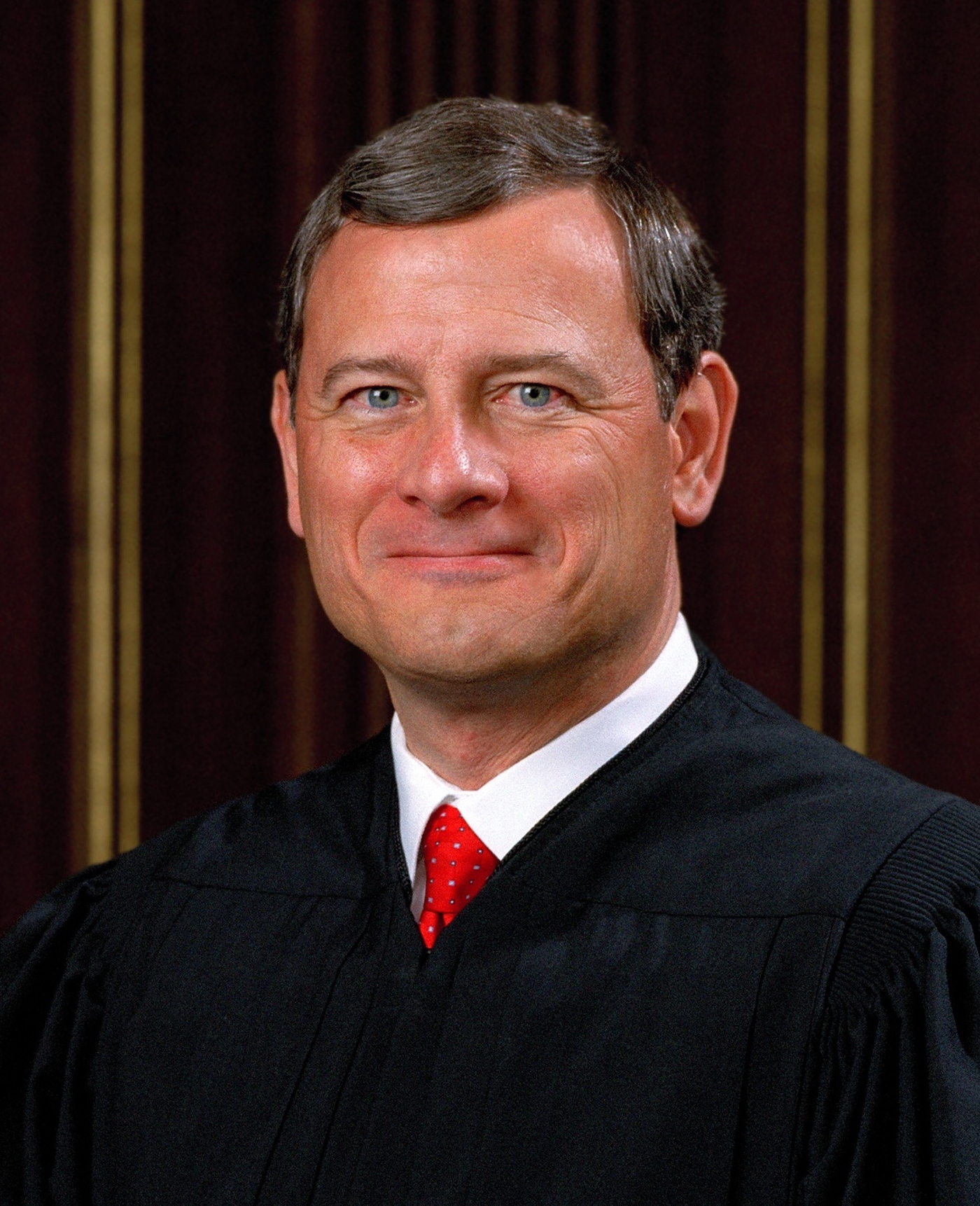
Clarence Thomas
since 1991
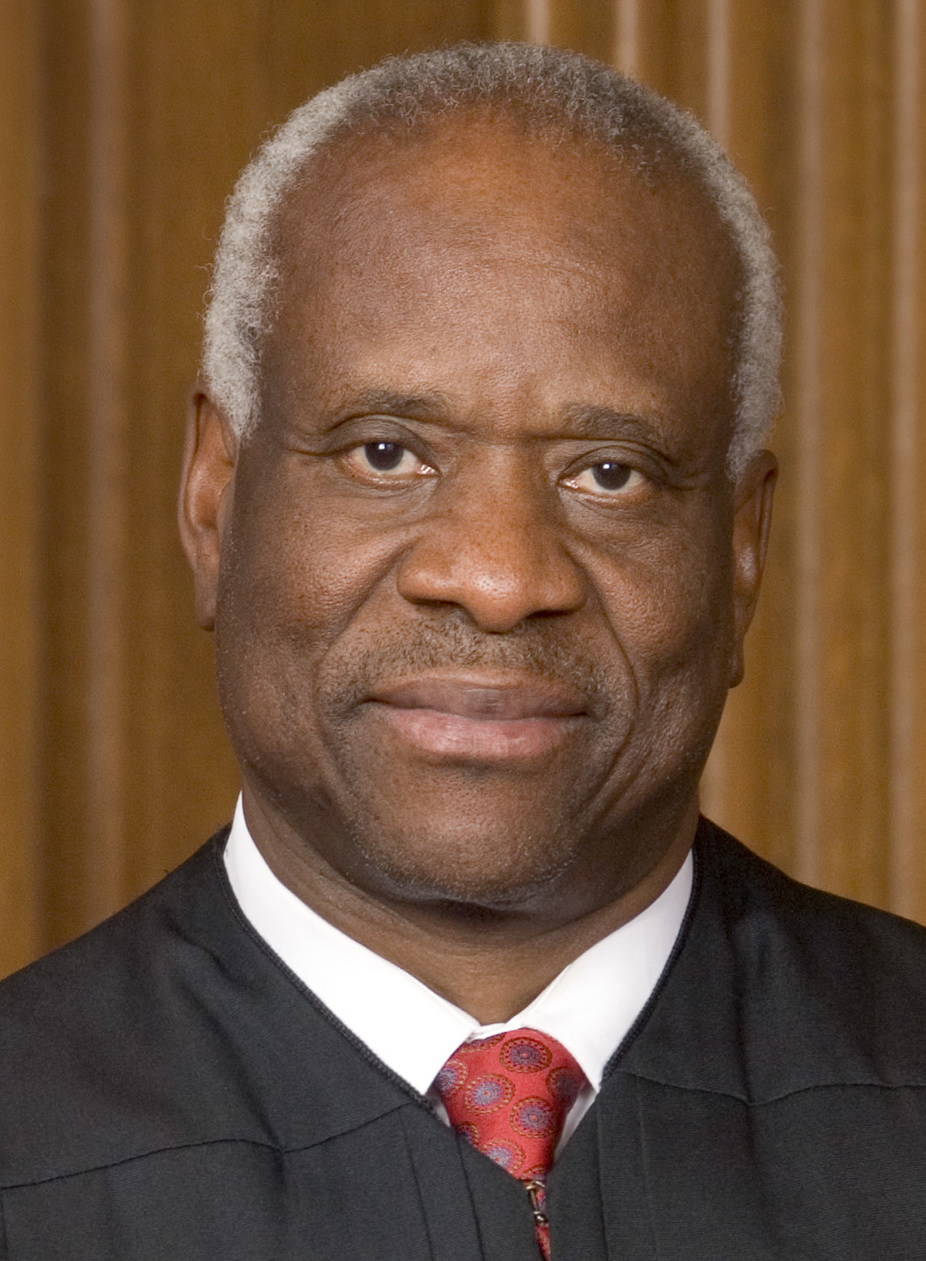
Samuel Alito
since 2006
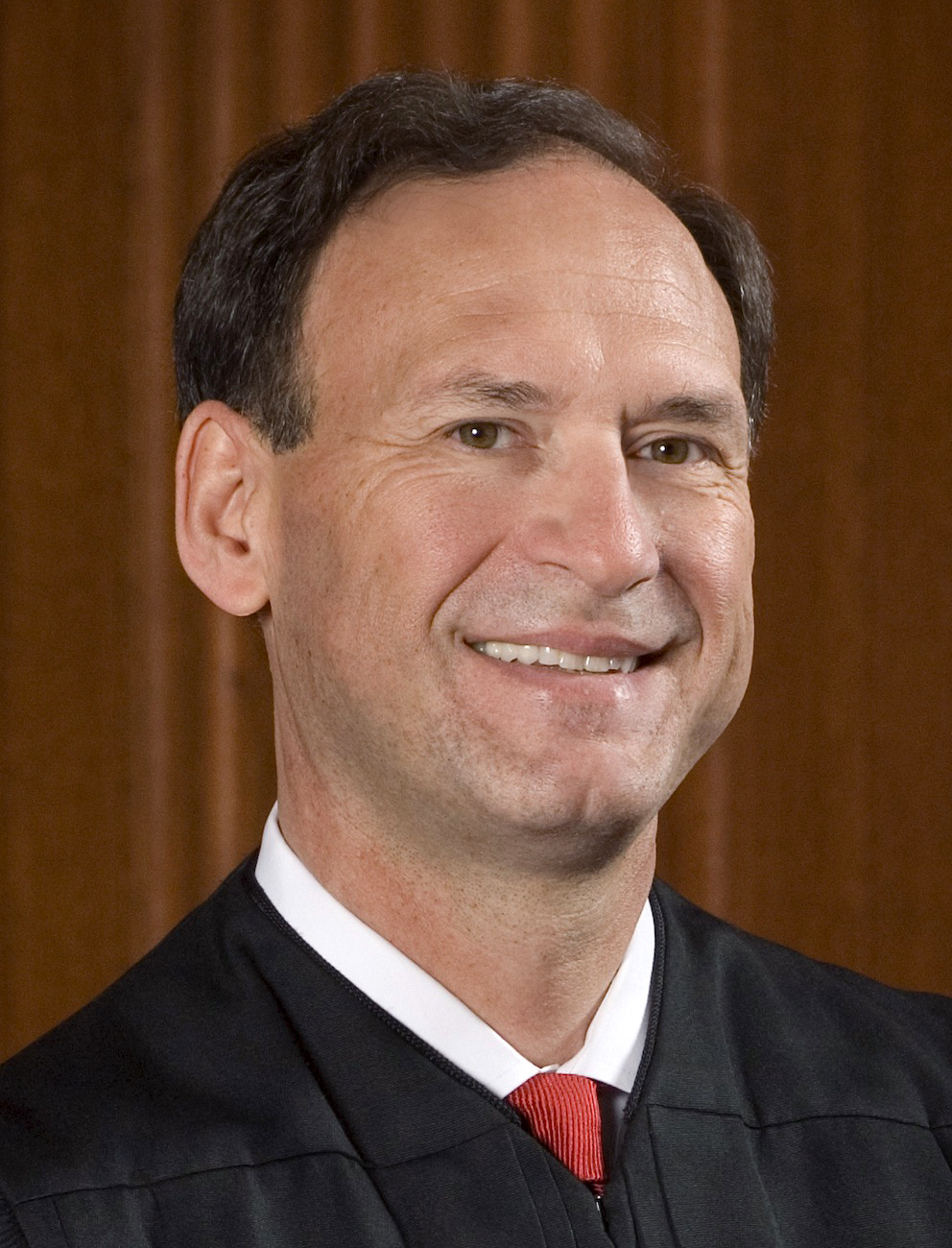
Sonia Sotomayor
since 2009
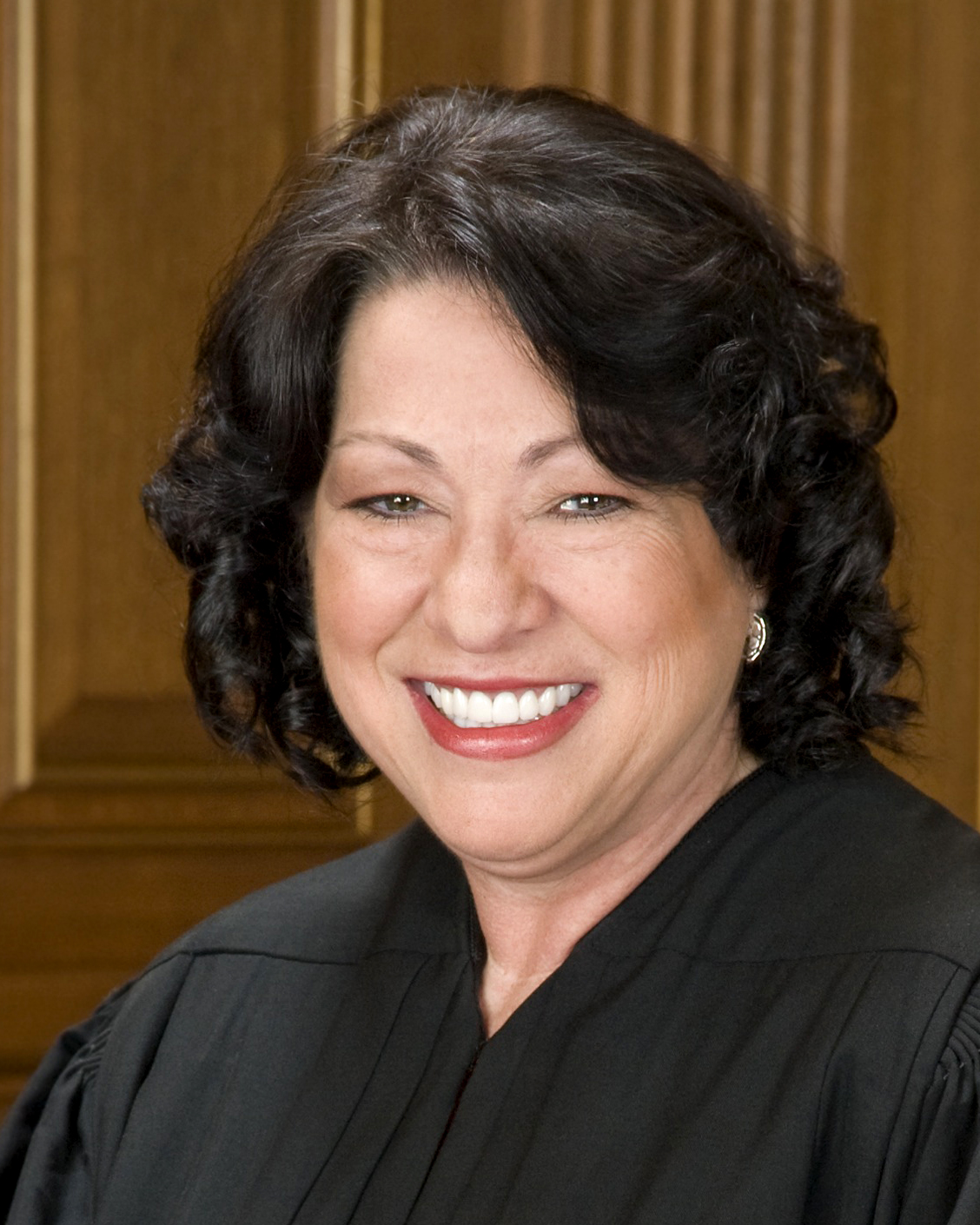
Elena Kagan
since 2010
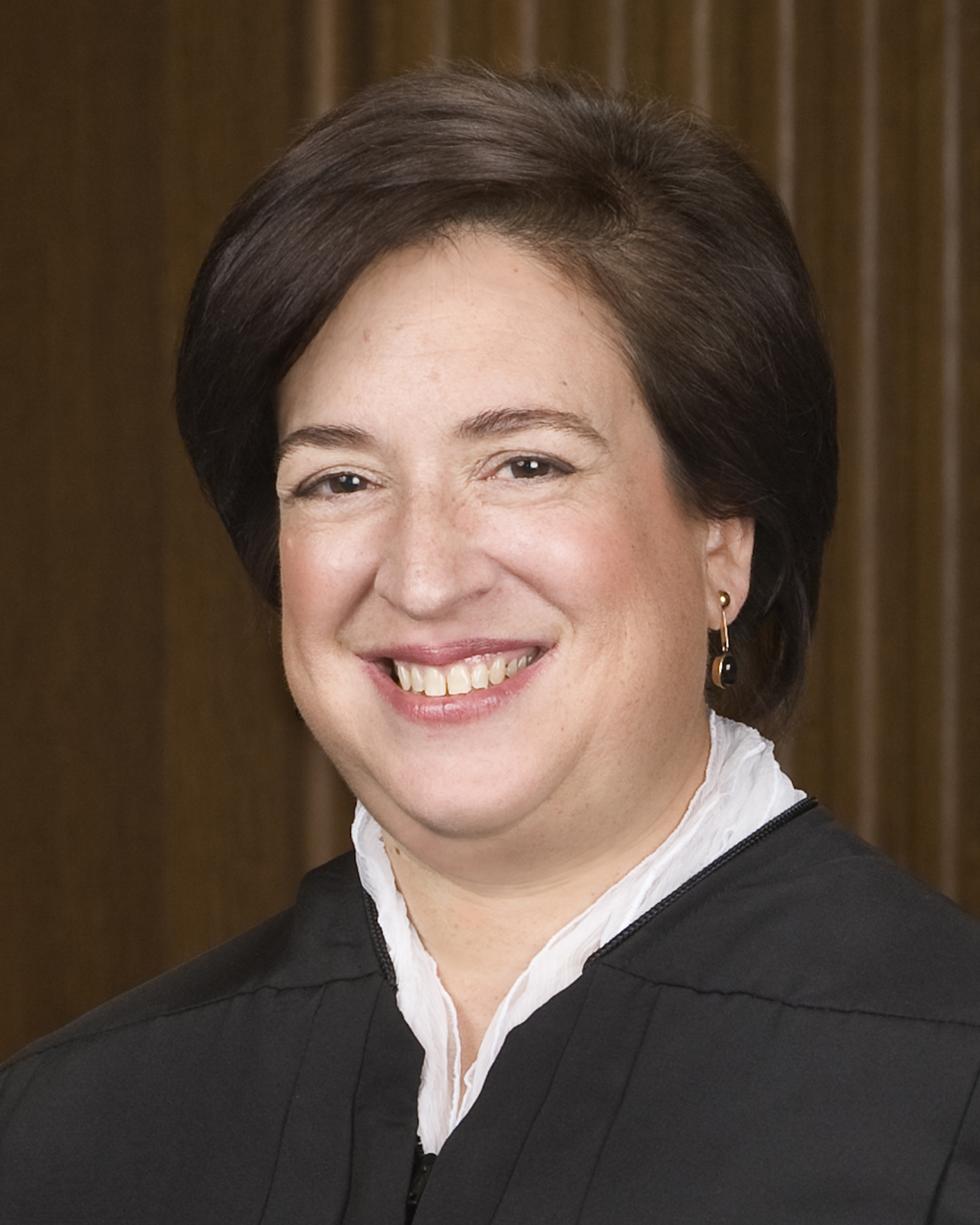
Neil Gorsuch
since 2017
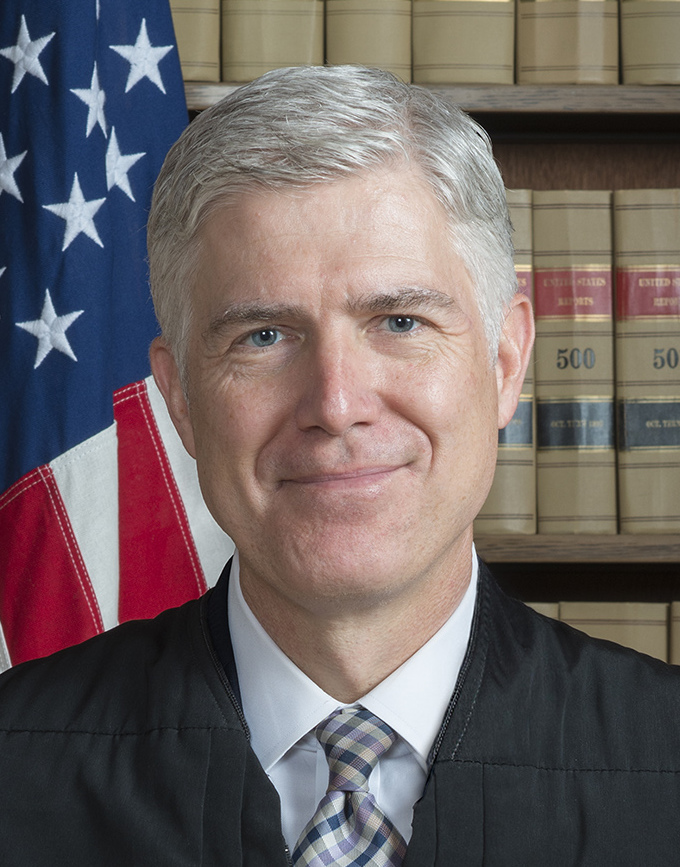
Brett Kavanaugh
since 2018
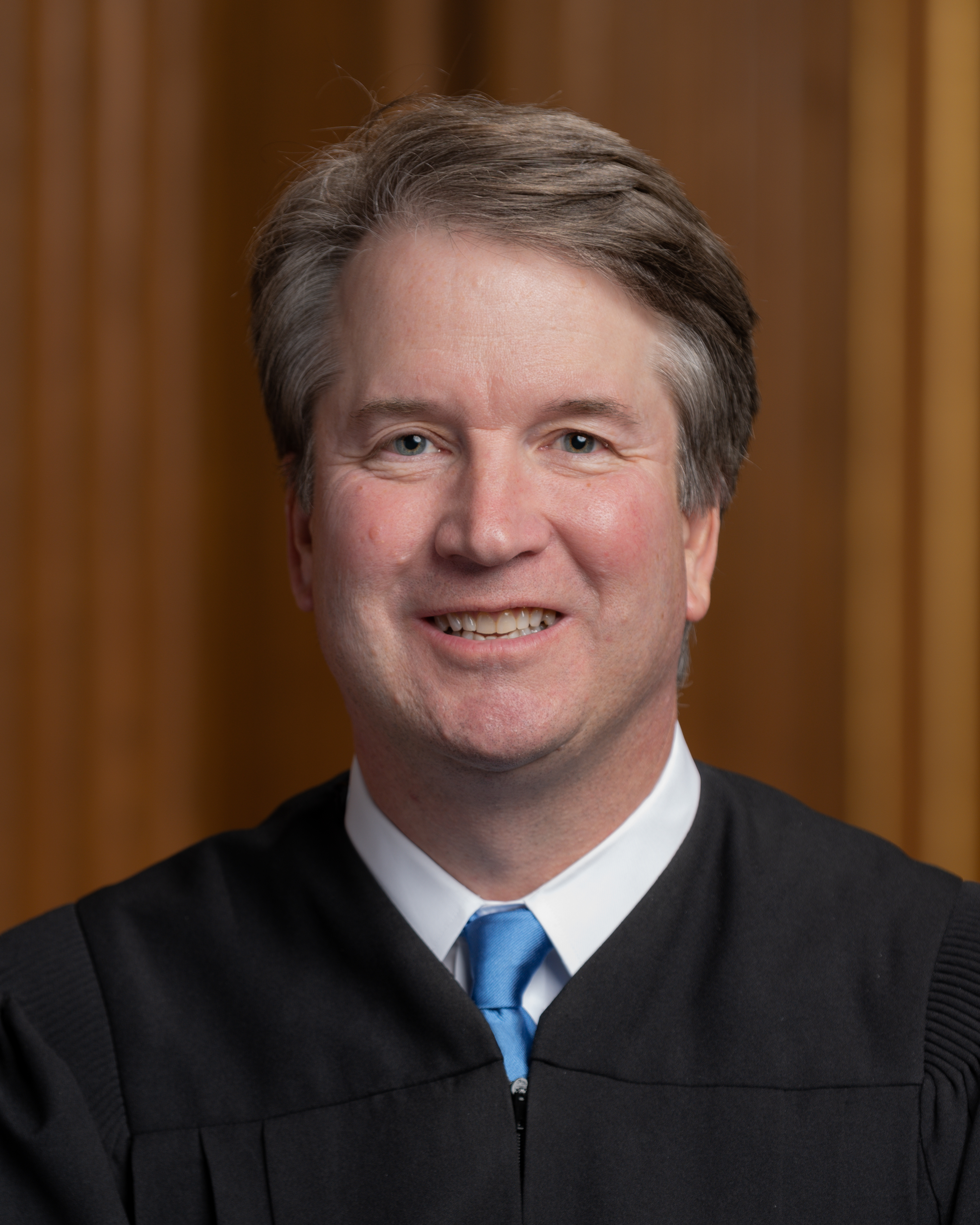
Amy Coney Barrett
since 2020
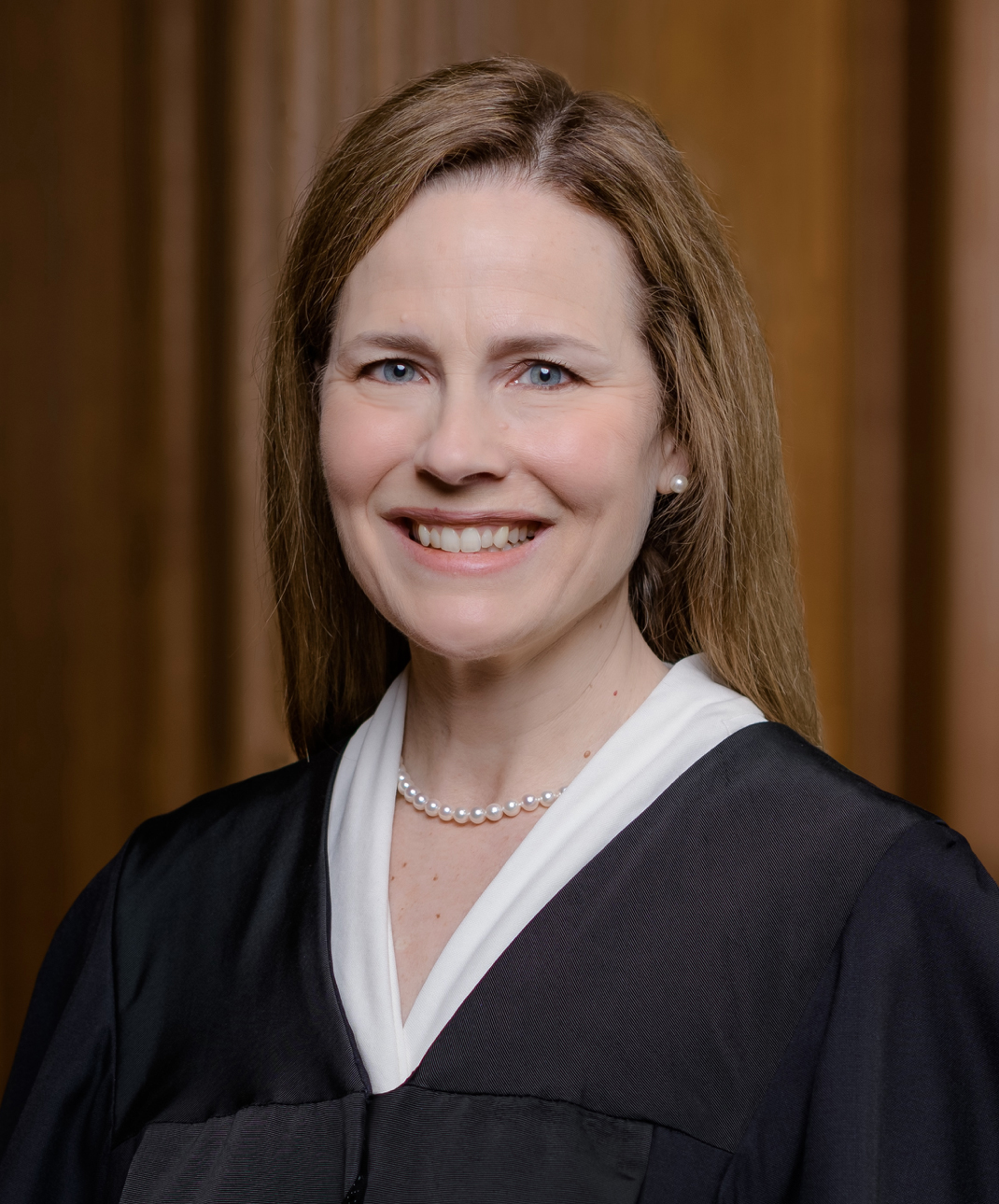
Ketanji Brown Jackson
since 2022
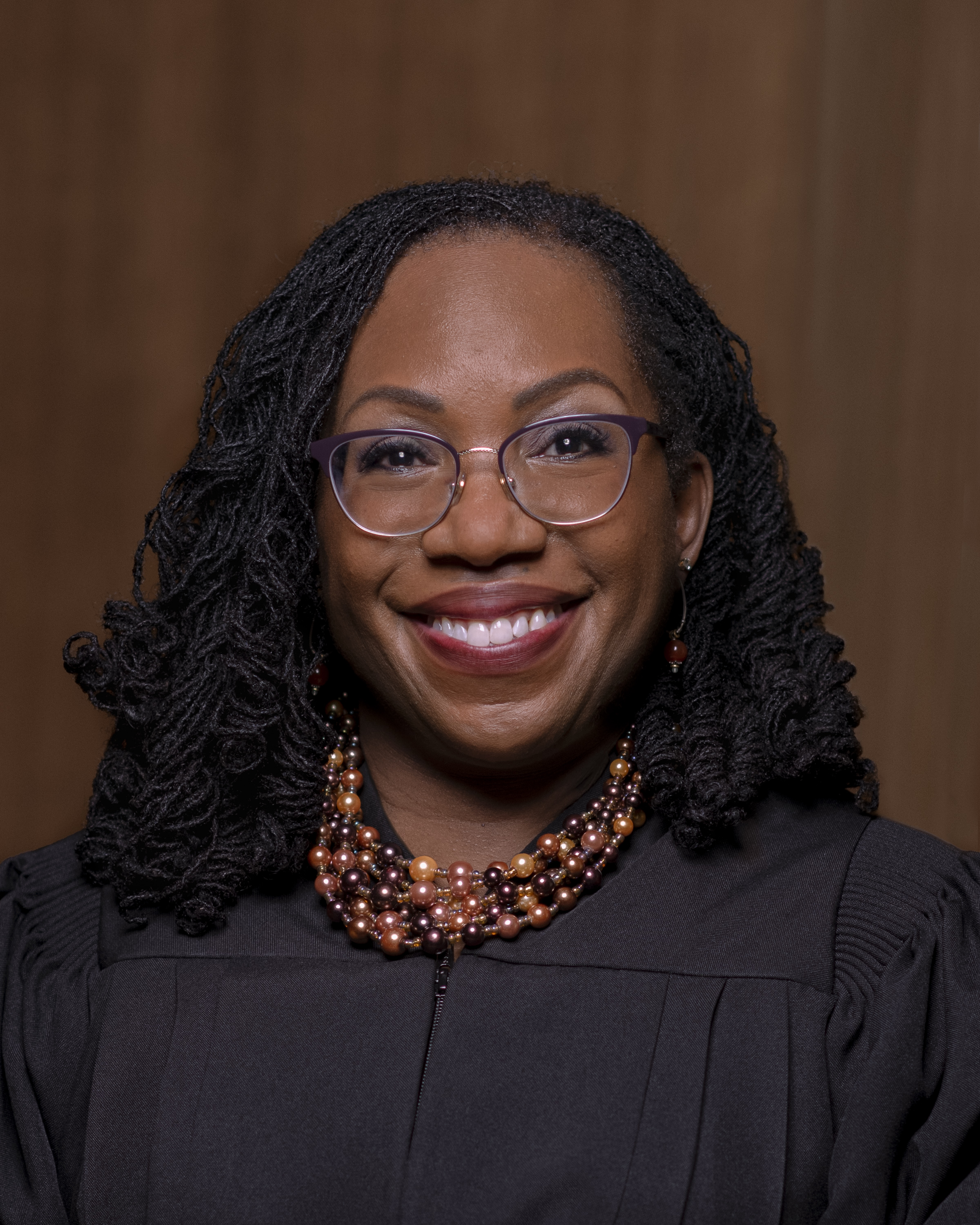
 The Houses of Congress
The Houses of Congress
How Members are Selected: Democratically in elections, districts based on state populations
Number of Members: 435 Representatives (219 Republican, 213 Democrat, 3 Vacant*)
Key powers: Must start all revenue bills
Wisconsin's Representatives
Bryan Steil
R-WI-1 (since 2019)
Mark Pocan
D-WI-2 (since 2013)
Derrick Van Orden
R-WI-3 (since 2023)
Gwen Moore
D-WI-4 (since 2005)
Scott Fitzgerald
R-WI-5 (since 2021)
Glenn Grothman
R-WI-6 (since 2015)
Tom Tiffany
R-WI-7 (since 2020)
Tony Wied
R-WI-8 (since 2024)
*1 representative, Adelita Grijalva (D-AZ-7) has yet to be sworn in. Seat considered Vacant.
Representative count sourced from Wikipedia: https://en.wikipedia.org/wiki/United_States_House_of_Representatives
How Members are Selected: Democratically in elections, 2 per state
Number of Members: 100 Senators (53 Republican, 45 Democrat, 2 Independent*)
Key powers: Acts as jury in impeachment trials (2/3 vote needed)
Wisconsin's Senators
Ron Johnson
R-WI (since 2011)
Tammy Baldwin
D-WI (since 2013)
*2 Independent Senators, Angus King of Maine and Bernie Sanders of Vermont caucus with the Democrats.
Senator count sourced from Wikipedia: https://en.wikipedia.org/wiki/United_States_Senate
 How an idea becomes law
How an idea becomes law
START
House of Representatives
Begins in a Committee
House of Representatives
Debated and Amended
The bill can
fail to pass.
House of Representatives
Congressional Budget Office confirms budget
START*
Senate
Committee meets about the bill
Senate
Debated and Amended
The bill can
fail to pass.
The President
Final Approval
The president
can veto a bill.
*If a bill starts in the Senate, it must go through the House of Representatives before sent for final approval.
**If a bill is amended in the Senate, it must be re-approved in the House of Representatives before being sent for final approval.
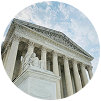 Becoming a Supreme Court Justice
Becoming a Supreme Court Justice
Sitting Justice resigns or passes away
Executive Branch (President)
Appoints a Nominee
Legislative Branch (Senate)
Hold hearings with the nominee
Legislative Branch (Senate)
Vote to approve the nominee, simple majority needed
The nominee could
fail to get confirmed
Nominee is sworn in as Justice
 Checks & Balances
Checks & Balances
On Executive
Can impeach the President
On Judicial
Can initiate constitutional amendments
On Legislative
Can veto laws
On Judicial
Can nominate Supreme Court Justices
On Legislative
Can rule laws unconstitutional
On Executive
Can rule actions unconstitutional
 The Bill of Rights
The Bill of Rights
Forming the first 10 amendments to the constitution, the Bill of Rights includes basic rights for individuals and states.
Congress can not make a law that favors any religion, prevents the 'free exercise' of any religion, limit speech, limit the press, prevent peaceful assemblies to ask the government to change something.
Congress can't prevent people from carrying or having weapons.
Soldiers can not forcibly live in your house, except in times of war. Even in times of war, congress will pass a law and set the rules.
No one can forcibly search you or your property without a judge's approval or a good reason.
You can not be tried for any serious crime without a Grand Jury meeting and agreeing that there is enough evidence against you; if you are found innocent, the government can not try you again for the same crime; you can not be forced to admit guilt; you can not be jailed, fined, or killed unless found guilty by a jury, all proper legal steps were taken during your arrest and trial; the government can not take your property, or anything of yours, unless you are paid a fair amount.
If arrested and charged: you have a right to a trial in public; your trial to be decided by a jury, if wanted; you have the right to know what you are accused of and to cross-examine, see, and hear those who are witnesses against you; you have a right to a lawyer, if you can not afford one, one will be appointed to you at no cost.
You can have a jury in a civil case if you wish.
The government can not make you pay an unreasonable amount in fines or bail, and can not enact unusual or cruel punishments, even if found guilty.
Just because these rights are in the constitution, does not mean you do not have other rights too.
Anything not said in the constitution that congress can do, is the duty of states and the people.
Adapted from ACLU Delaware: https://www.aclu-de.org/en/know-your-rights/bill-rights-simple-language
 Amendments
Amendments
Amendments are essentially just edits. They may address something that wasn't addressed in the original text.
For example in Congress, you'll see bills get amended. This could be part of a compromise between political parties to get the bill passed.
Also, you'll commonly hear about the constitution's amendments. The most common amendments mentioned are the first (see "The Bill of Rights"/Article 1) and second. (see "The Bill of Rights"/Article 2)
 The Constitution
The Constitution
The constitution, also known as 'the law of the land', is a document that
establishes the federal government and its boundaries.
It contains a
Preamble, which states the purpose of the government. (it also has those
famous words, “We The People”)
The preamble is followed by 3 articles.
Article 1 establishes the legislative branch, or Congress. (see "The Branches of Government"/Legislative)
Article 2 establishes the executive branch, or the Presidency. (see "The Branches of Government"/Executive)
Article 3 establishes the judicial branch, or the Supreme Court. (see "The Branches of Government"/Judicial)
The constitution has received many updates over its 240 year life, these are called amendments and there is 27 of them, the first ten being part of the Bill of Rights. (see "The Bill of Rights")
Many sources were used, including the National Constitution Center, and the National Archives. (https://constitutioncenter.org/the-constitution & https://www.archives.gov/founding-docs/constitution/what-does-it-say)